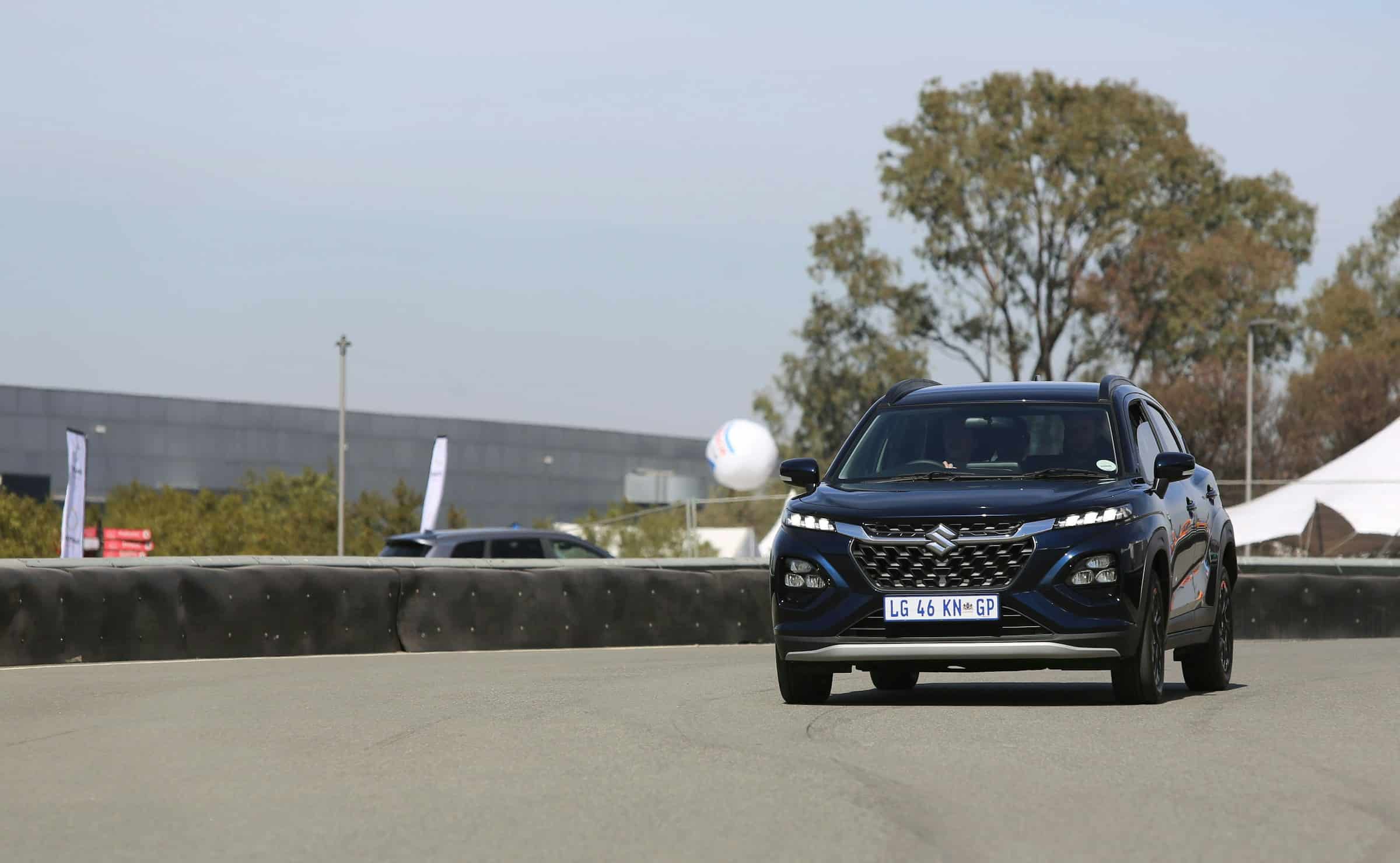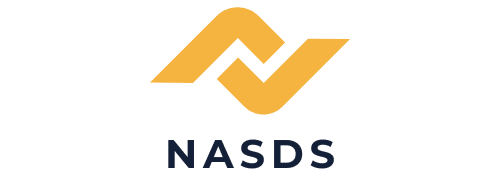How to Integrate a Performance Data Logger in a Corvette ZR1 for Detailed Track Analysis?

As performance car enthusiasts, it’s important to have detailed information about our vehicles’ performance on and off the track. One of the most effective ways to collect this data is through a performance data logger. This device enables the collection of various types of data, from engine performance to track times and beyond. We’ll specifically focus on the Corvette ZR1, a flagship model from Chevrolet, renowned for its high-performance capabilities.
Choosing the Right Data Logger for Your Corvette
Before starting the process of integrating a data logger in your Corvette, it’s crucial to pick the right system. Data loggers vary in their capabilities, with some offering basic data collection while others provide a comprehensive analysis of car performance.
A voir aussi : Gardening accessories: must-haves to discover
When looking for a data logger, consider its compatibility with your Corvette ZR1. Most importantly, it should be able to extract data from the car’s Engine Control Unit (ECU). The ECU is essentially the brain of the car, controlling various aspects including fuel injection, ignition timing, and variable valve timing.
Another important factor is the data logger’s ability to read and interpret the car’s systems accurately. It should provide precise data on the car’s speed, engine RPM, gear position, and pedal position. More advanced systems even provide information on suspension load, tire temperature, and aerodynamics.
A découvrir également : Discover the thrill: top mystery box deals available online
Additionally, look for a system that can sync data with video footage. This will provide a more detailed analysis of your track time, comparing your car’s performance data with actual footage from your driving sessions.
Installing the Data Logger in Your Corvette ZR1
Once you’ve chosen the suitable data logger, the next step is the installation. This process may vary depending on the system you choose, but there are some common steps.
First, locate your Corvette’s OBD-II port. This port allows the data logger to connect to the vehicle’s ECU and extract performance data. The OBD-II port is usually located under the dashboard, near the steering wheel.
Next, connect the data logger to the OBD-II port using the provided cable. Make sure the connection is secure, as a loose connection can result in inaccurate data or loss of data.
Some data loggers may require additional connections to other systems in the car. For example, if the data logger provides tire temperature data, it may need to be connected to the vehicle’s tire pressure monitoring system. Always follow the manufacturer’s installation instructions to achieve the best results.
Using the Data Logger for Performance Analysis
With the data logger installed, you can now start collecting and analyzing data from your Corvette ZR1. Most data loggers come with software that helps you analyze the data and make sense of it.
The software may provide real-time data streaming, allowing you to monitor your car’s performance as you drive. This can be particularly useful when driving on the track, as it allows you to make adjustments to your driving style in real-time to improve your performance.
Aside from real-time data, the software also provides historical data analysis. This allows you to review your performance over time and identify trends or areas for improvement.
Fine-Tuning Your Corvette’s Performance
With the data collected and analyzed, you can now start making adjustments to your Corvette’s performance. This can range from simple tweaks to more significant changes.
For example, if the data shows that your engine is running too rich, you may need to adjust the fuel-to-air ratio to improve fuel efficiency and performance.
Similarly, if the data shows that your suspension is not handling the loads effectively, you might need to adjust the suspension settings or consider upgrading to a more robust system.
The data logger provides the necessary information to make these adjustments and helps you optimize your Corvette’s performance, whether you’re driving on the track or the open road.
In the end, integrating a performance data logger in your Corvette ZR1 is a worthwhile investment. It allows you to gain a deep understanding of your car’s performance and make informed decisions about tuning and upgrades. However, remember that while data is a powerful tool, it should be used as a guide rather than an absolute truth. Always consider real-world performance, driver feedback, and safety when making modifications to your car.
Making Use of Performance Data for Corvette Upgrades
After collecting and analyzing data from your Corvette ZR1, the next good step is to use this information for performance upgrades. This could range from minor tweaks to major overhauls, depending on what the data suggests.
For instance, if the data logger indicates that your Corvette Stingray’s engine RPM is unusually high, you may need to consider enhancing the engine cooling system or upgrading to a dry sump oiling mechanism. Similarly, if the vehicle’s top speed or acceleration is not up to your expectations, you may need to tweak the performance package or consider switching to lighter components like a carbon fiber hood or aluminum wheels.
Moreover, the data logger can help identify the need for adjustments to the exhaust system. If the data suggests that the exhaust gases are not being evacuated efficiently, it might be time to upgrade to a performance exhaust system. This can boost your Corvette’s horsepower and overall performance.
The data logger can also help improve your Corvette’s handling. For example, if the data shows that the vehicle is not cornering as well as it should, you may need to adjust the suspension system or consider a ride control upgrade.
These are just a few examples of how performance data can be utilized to improve your Corvette’s performance. The key is to use the data as a guide and make adjustments based on your driving needs and preferences.
Conclusion: The Impact of a Performance Data Logger on your Corvette Experience
Integrating a performance data logger in your Chevrolet Corvette ZR1 can greatly enhance your understanding of your car’s performance. It provides detailed data that can guide you in making informed decisions about modifications and upgrades, helping you make the most of your Corvette’s potential.
However, it’s crucial to remember that data should be used as a guide and not as the sole determinant for performance upgrades. Real-world performance, driver feedback, and safety should always be at the forefront of any decisions related to modifications.
With data loggers becoming more advanced, it’s becoming easier for car owners to access valuable data about their vehicles. This, combined with the fact that the Corvette Racing scene is more popular than ever, makes it an exciting time to be a Corvette owner.
Whether you own a brand-new model year Corvette or a classic generation Corvette, a performance data logger is a valuable tool that can help you get the most out of your driving experience.
By doing so, you can truly appreciate the engineering marvel that is the Corvette, from its powerful small block engine to its beautifully designed carbon flash exterior and customizable design package. It’s all about understanding your car’s capabilities and using that knowledge to enhance your drive, whether on the track or the open road.
After all, the goal is to maximize the synergy between the car and the driver, to create the most exhilarating and satisfying driving experience possible. Because at the end of the day, driving a Corvette is not just about getting from point A to point B. It’s about the journey, the thrill, and the joy that comes from being behind the wheel of one of America’s most iconic cars.
